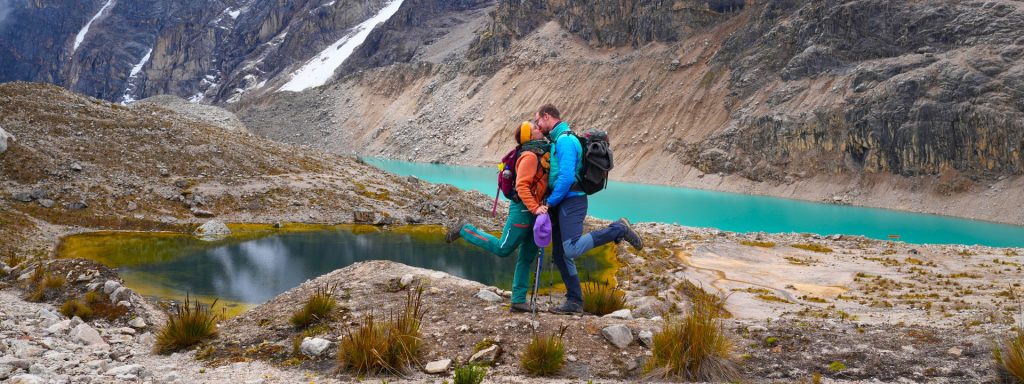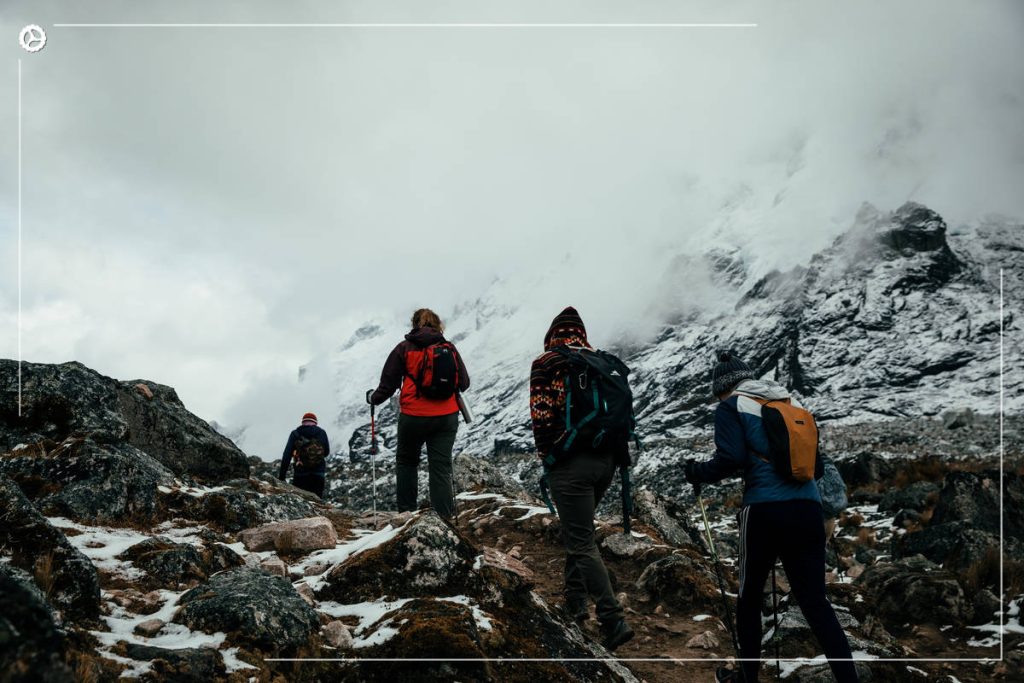Ayahuasca is a traditional psychoactive brew made from Amazonian plants. It has been used for centuries by indigenous cultures for spiritual and medicinal purposes. In recent years, ayahuasca has gained popularity outside of its original context. This article explores its plants, chemical composition, traditional use, modern retreats, therapeutic potential, and legal issues surrounding its use.
What exactly is ayahuasca?
Ayahuasca (also known as yagé, hoasca, or simply “the vine”) is a psychoactive tea from the Western Amazon that has been used for centuries in ceremonial contexts. While recipes vary by region and lineage, two plants appear in most preparations:
- Banisteriopsis caapi (the vine): contains harmala alkaloids—harmine, harmaline, tetrahydroharmine (THH)—which act as monoamine oxidase inhibitors (MAOIs).
- Psychotria viridis (or sometimes Diplopterys cabrerana): contains N,N‑dimethyltryptamine (DMT), a classic psychedelic.
The synergy matters. DMT alone, taken orally, is rapidly metabolized by the enzyme MAO. The vine’s MAOIs temporarily inhibit that enzyme, allowing DMT to reach the brain and produce effects.
Traditional names and context: The word “ayahuasca” is often translated as “vine of the soul.” Indigenous traditions (e.g., Shipibo, Asháninka, and others) use the brew for divination, healing, diagnosis, and community bonding.
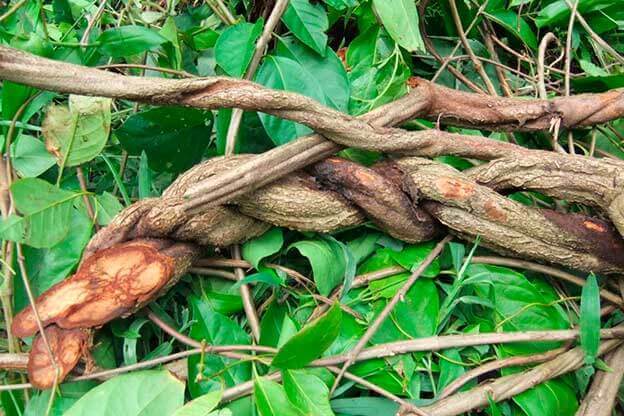
How ayahuasca works: DMT + MAOIs explained
Short version: The MAOIs in B. caapi lift the “metabolic lock,” letting DMT become orally active. In the brain, DMT primarily stimulates 5‑HT2A receptors and modulates other systems (including 5‑HT1A and sigma‑1), which correlates with altered perception, sense of self, and meaning.
What you might feel:
- Altered visual and auditory perception (from subtle patterns to vivid imagery)
- Shifts in emotion and autobiographical memory
- Changes in sense of body and time
- Nausea, vomiting, sweating, or chills (the “purge”)
Duration: 20–60 minutes to onset; 2–6 hours active; often followed by an “afterglow” (hours to days).
A note on the purge: Physically uncomfortable, culturally framed as a cleansing process. Some people do not purge; others do so repeatedly. Hydration and skilled monitoring matter.
What happens in a ceremony (from setting to icaros)
A responsible ceremony is structured, not improvised. Expect some version of the following:
The setting
- Night‑time setting in a maloka or temple; low light; clear pathways to restrooms.
- Facilitator(s) brief participants about the brew, dose, safety signals, and how to ask for help.
- Preparation: light diet, no alcohol or recreational drugs, and medication review days to weeks beforehand.
The arc of the night
- Opening: intention‑setting and silence to orient attention.
- Dosing: the tea is bitter and thick; some people dose more than once, spaced apart.
- Icaros: ceremonial songs and instruments guide attention and help regulate emotional waves.
- Support: assistants watch for distress, disorientation, or medical red flags.
A first‑person snapshot
I came to my first ceremony not chasing visions but answers to a heavy kind of fatigue. After drinking, my body rejected it and I vomited—the purge—which I only understood once the discomfort softened into a calm, steady awareness. As the songs in Quechua rose and fell and the drum mirrored a heartbeat, my mind opened not to kaleidoscopes but to memories. What surfaced was simple and sharp: a fear of not being enough. I cried silently, and something inside finally loosened. By dawn, the jungle was the same, but I was breathing without weight.
I include this vignette to illustrate one possible arc, not to promise outcomes. Experiences vary widely.
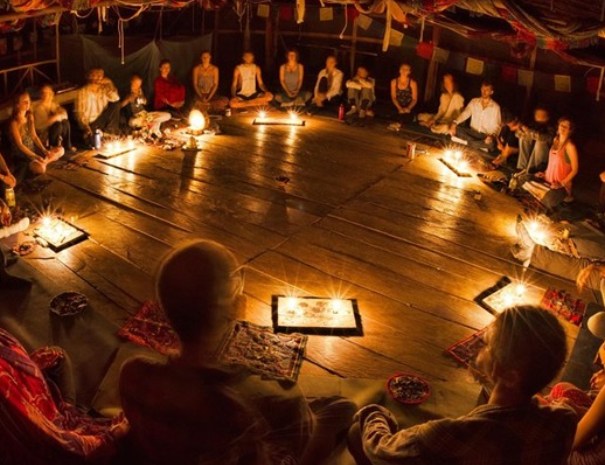
Benefits people report vs. what evidence shows
People often report:
- Emotional processing of grief, shame, or fear
- Perspective shifts on relationships and life choices
- Reduced craving or behavior change following insight
- Sense of connection to nature, others, or a spiritual dimension
What emerging research and clinical observations suggest:
- Rapid mood shifts are sometimes observed after sessions, especially in people with depressive symptoms.
- Anxiolytic effects and increased psychological flexibility are reported in some studies and surveys.
- Substance use patterns may change for some, especially when ceremonies are coupled with integration and broader support.
What is not established:
- Ayahuasca is not a cure‑all. High‑quality randomized trials remain limited. Outcomes depend on set and setting, dose, facilitator competence, and the participant’s history and supports.
My practical take: Any potential benefit is amplified by honest preparation (why am I going?), a safe container (competent team, clear protocols), and post‑work (therapy, journaling, community). The brew is not the work; it reveals the work.
Risks and side effects: what’s common vs. red flags
Common but usually self‑limiting:
- Nausea, vomiting, diarrhea
- Sweating, tremors, chills
- Headache, dizziness
- Transient anxiety or fear
Psychological risks:
- Panic, disorientation, or overwhelming content
- Re‑traumatization if poorly supported
- Confusion about insights vs. literal truths, leading to risky decisions
Medical red flags (seek qualified help):
- Chest pain, severe shortness of breath, fainting
- Dangerously high blood pressure, arrhythmias
- Serotonin syndrome signs when combined with contraindicated meds: agitation, clonus, high fever, confusion
Harm‑reduction rule: Screen out when in doubt. Responsible facilitators turn people away when risks outweigh benefits.
Medications and contraindications you must know
Never mix ayahuasca with medications or supplements that raise serotonin or interact with MAOIs. This list is illustrative, not exhaustive. Always consult a clinician.
Do‑not‑combine (high risk)
- SSRIs/SNRIs (e.g., fluoxetine, sertraline, venlafaxine)
- MAOIs (e.g., phenelzine) outside the brew
- Tricyclics and atypical antidepressants with serotonergic action
- MDMA, other serotonergic psychedelics, stimulant medications
- Certain opioids (e.g., tramadol, meperidine)
- St. John’s wort and other serotonergic botanicals
Medical conditions that often contraindicate
- Cardiovascular disease, uncontrolled hypertension, arrhythmias
- Bipolar I, psychotic disorders, or strong family history of psychosis
- Pregnancy or trying to conceive; breastfeeding
- Significant liver disease or seizure disorders
Pre‑ceremony diet and substance guidance (typical)
- Avoid alcohol and recreational drugs for days to weeks
- Caffeine and tyramine‑heavy foods are often reduced or paused
- Eat simple, low‑fat meals 24–48 hours beforehand
Integration of my experience: I was asked for silence, light diet, and a clear intention. The simple act of naming “fear” ahead of time shaped the ceremony more than I expected.
Is ayahuasca legal? Country and U.S. overview
Important: Laws change. Always verify current rules where you live and where a retreat operates.
- United States: DMT is Schedule I federally. Some religious organizations have court‑granted exemptions to use Ayahuasca sacramentally under the Religious Freedom Restoration Act (RFRA). Outside those contexts, possession or distribution can be illegal.
- South America: In countries like Peru and Brazil, ceremonial use is recognized in specific contexts and traditions. Regulations and enforcement vary by region and venue.
- Elsewhere: Laws range from tolerance within recognized religious groups to strict prohibition. Customs and import restrictions apply almost everywhere.
Traveler note: “Retreat legal” is not the same as “you importing it is legal.” Read the fine print.
How to choose a safe retreat: a practical checklist
Use this like a pre‑flight safety list. If a provider fails multiple items, reconsider.
1) Screening and medical oversight
- Written medical intake reviewed by a clinician or experienced screener
- Clear contraindications and medication taper protocols (never DIY tapers)
- On‑site or on‑call medical support; documented emergency plan
2) Facilitators and lineage
- Named lead facilitators with years of experience and verifiable references
- Transparent tradition or training (e.g., Shipibo lineage, Santo Daime, UDV, or vetted contemporary training)
- Assistant‑to‑participant ratio that allows real supervision
3) Setting and logistics
- Safe, clean venue; clear paths to bathrooms; hydration readily available
- Low‑light but adequate visibility for staff; vomit buckets and hygiene protocols
- Group size appropriate to staff count
4) Dosing and brew transparency
- Ingredients and approximate strength explained in advance
- Single vs. re‑dosing policy and who decides
- No mixing with other substances on site
5) Integration support
- Daily debriefs or integration circles after ceremonies
- Options for 1:1 integration coaching or referrals to therapists
- Post‑retreat resources (reading, journaling prompts, community)
From my night: The turning point wasn’t a vision; it was the icaros shifting. A different melody seemed to “collect” scattered emotions so I could finally face the belief that I had to control everything.
After the ceremony: integration that actually helps
Integration turns a powerful night into sustained change.
Foundations:
- Sleep, hydration, gentle food the next day
- No major life decisions for at least a week
- Journaling: note specific insights, not just vibes
- Therapeutic support: somatic therapy, EMDR, ACT, IFS, or a psychedelic‑informed counselor
- Body practices: walks in nature, yoga, breathwork
Make insights practical:
- Convert big realizations into one micro‑commitment you can keep daily
- Share carefully; avoid over‑explaining to people who weren’t there
My afterglow: By sunrise, nothing “out there” had changed, yet my breathing felt unburdened. I protected that state with quiet time and a commitment to ask for help sooner.
Ingredients and traditional plants (the details)
Banisteriopsis caapi: Primary source of harmine, harmaline, and THH. The relative ratios influence tone—more THH is often described as more “open” or “gentle,” though effects are subjective.
Psychotria viridis: Leaf containing DMT alongside minor alkaloids. Some lineages substitute or blend with Diplopterys cabrerana (chagropanga), which also contains DMT.
Additives: Depending on tradition, small amounts of other plants may be included for aroma, grounding, or digestive support. Additives change pharmacology and should be disclosed.
Preparation basics: Long, slow boiling of vine and leaves; reduction to a concentrated tea. Skilled cooks taste and adjust through the day. Batches vary.
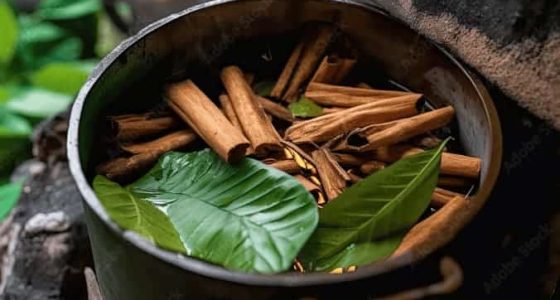
Timeline: onset, peak, and duration
- T‑0: Drink the brew. Bitter, viscous, sometimes gritty.
- T+20–60 min: Onset—body sensations, nausea, yawning, first visuals or memories.
- T+60–180 min: Peak—strongest physiological and psychological effects; icaros often intensify.
- T+3–6 h: Descent—imagery fades; reflective mood.
- Next 24–72 h: Afterglow—mood lift or emotional openness for some people.
Variability levers: dose size, re‑dosing, stomach contents, individual metabolism, presence of THH, and the music/relational container.
Who should not take ayahuasca (high‑risk groups)
- People taking serotonergic meds or with recent tapers
- Those with heart disease, uncontrolled hypertension, or serious arrhythmias
- History of psychosis or bipolar I; recent manic episodes
- Pregnant or breastfeeding people
- Anyone unable to pause alcohol or other substances ahead of time
If any of these apply, do not rely on a retreat’s marketing. Get independent medical advice.
Myths vs. realities
Myth: Ayahuasca gives everyone visions.
Reality: Many people get memories and emotions, not cinematic scenes.
Myth: Purging means the medicine “worked.”
Reality: Some gain deep insight without purging. Purge intensity ≠ outcome quality.
Myth: The brew replaces therapy.
Reality: It can catalyze therapy. Integration does the heavy lifting.
Myth: “Natural” means safe.
Reality: Plant + MAOI + DMT is pharmacologically potent. Safety depends on screening and care, not marketing.

